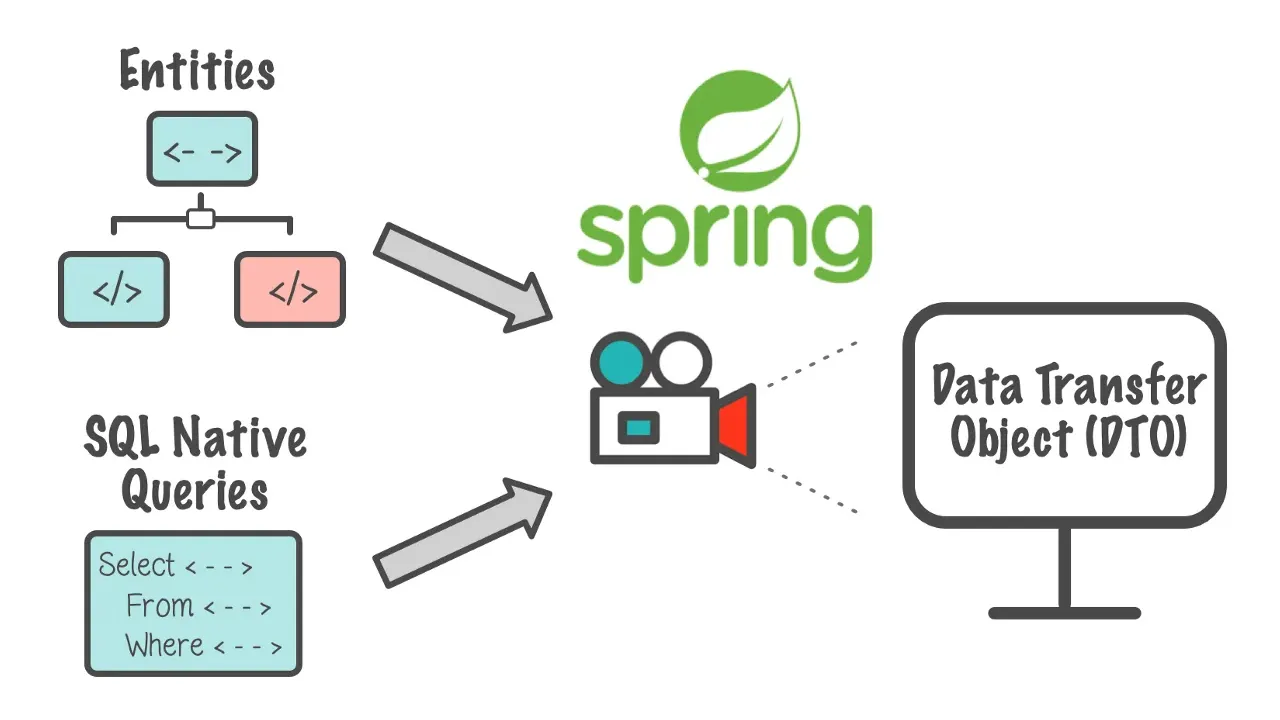A quick introduction to Spring data Projections!
Spring Data supports custom queries in Repositories where developers just need to follow a set way of writing repository methods for the functionality they are looking for. Just defining the method in the interface does the job, for most types of searches at least. Developers pick the functionality and the fields to search by, create the method and pass in the required parameters and the method does what it is supposed to do.
This is pretty straightforward and easy. But say you don’t (for whatever reason) want the whole entity or object returned as a part of your query. Say you only want a subset of fields from the original entity: Spring data projections to the rescue!
Spring supports different types of projections: interface-based, class-based, and dynamic projections. For the sake of this article, I am going to stick to interface-based projections. The Spring Data documentation has excellent information on the other types!
Before we jump in, I am using the following versions of tools and languages:
- Kotlin: 1.4.21
- Gradle: 6.7.1
- Spring Boot: 2.4.1
- JDK: 15
On that note, let us talk about how to use spring data projections step by step, using books as the resource we want to manage:
Step 1: Defining the Entity
Step 2: Defining the Repository
Step 3: Using the Repository to Save and Retrieve data
Step 4: Introducing Projections!
…
#jpa #spring-data #spring-boot #programming #kotlin #spring data projections
